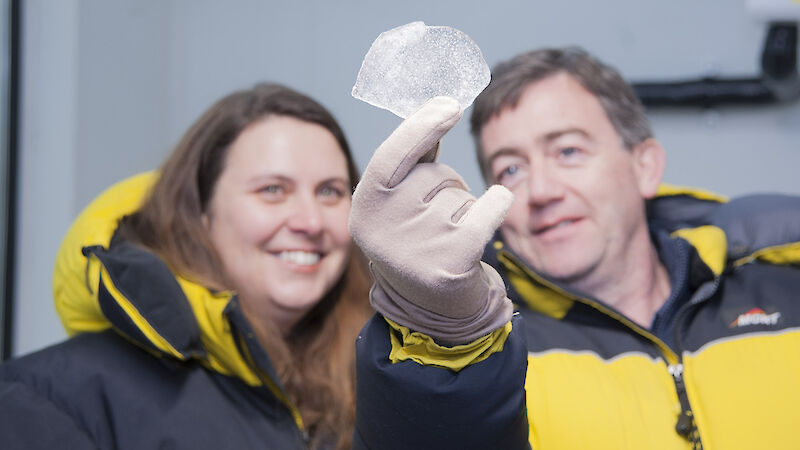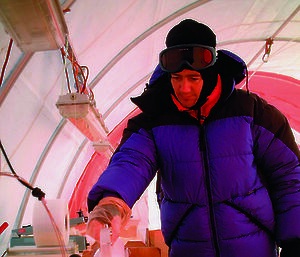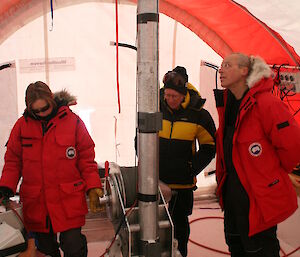The study published in the prestigious journal Nature, charts warming from its earliest stages in tropical oceans and the Northern Hemisphere, and later to the Southern Hemisphere.
The research was led by Associate Professor Nerilie Abram from the Australian National University and co-authored by Australian Antarctic Division and Antarctic Climate and Ecosystems Cooperative Research Centre glaciologist Dr Mark Curran.
Program Leader with the Australian Antarctic Division, Dr Tas van Ommen, said significant human-induced warming was previously thought to have been a 20th century phenomenon.
“The new climate data, stretching back five centuries, allows us to see the warming in its earliest stages, progressing across the globe,” Dr van Ommen said.
“It shows the Earth’s climate is sensitive to even small changes in greenhouse gas levels providing a valuable context for modelling future climate.”
The research found that warming in parts of the Southern Hemisphere was delayed up to 50 years, and that the Antarctic continent is yet to show significant overall warming.
“Antarctica has been buffered from major continent-wide changes due to its thermal isolation, with the Southern Ocean muting warming in the Southern Hemisphere and Antarctica.
“The westerly winds that circle Antarctica reduce warm air reaching the continent, ozone depletion and rising greenhouse gases have acted to make this wind barrier stronger,” Dr van Ommen said.
The westerly winds have also had complicated influences on the ocean around Antarctica.
“The winds drag cool surface waters from the coast to extend northwards, and at the same time this has caused deeper warm waters to flow up onto the continental shelf melting ice from below.”
The study does show significant regional warming in West Antarctica and the Antarctic Peninsula since the mid-20th century, with warming in these areas among the most rapid seen anywhere on the globe.
Dr Mark Curran said that the study also highlights the influence of natural volcanic activity on climate.
“In the early 1800s we experienced two large volcanic eruptions, which resulted in a short term global cooling,” he said.
“But there was a rapid recovery from this cooling period and it only had a minor impact on the early onset of climate warming.”
The study was undertaken by a team of 25 scientists called the Past Global Changes (PAGES) 2k Consortium, from Australia (including the Australian Antarctic Division), the United States, Europe and Asia.



